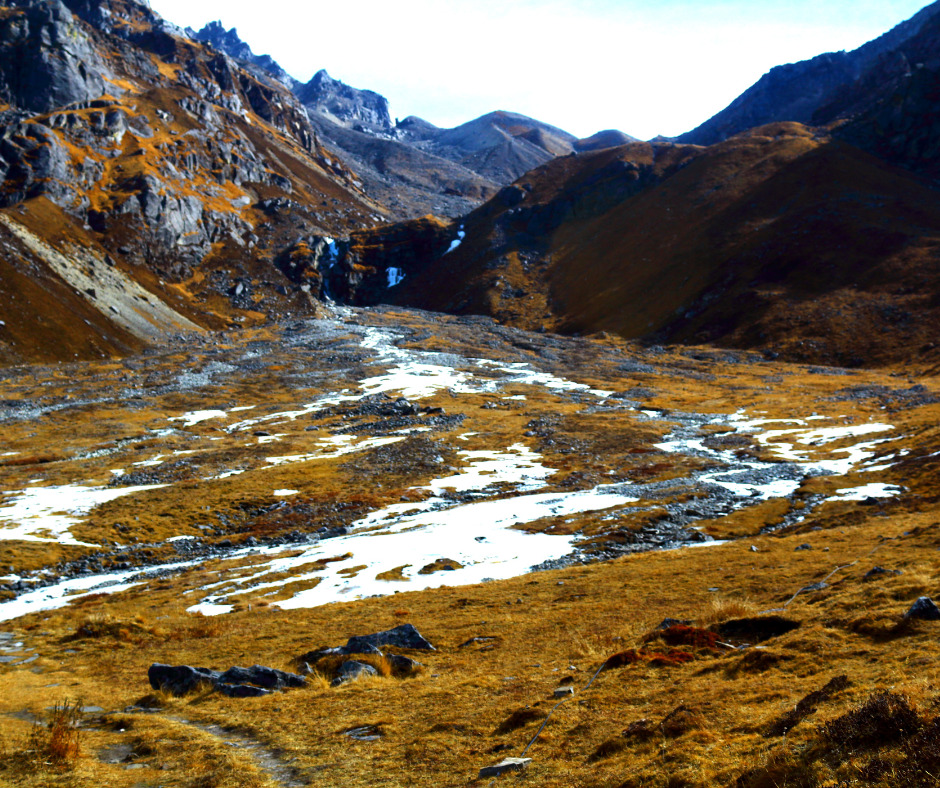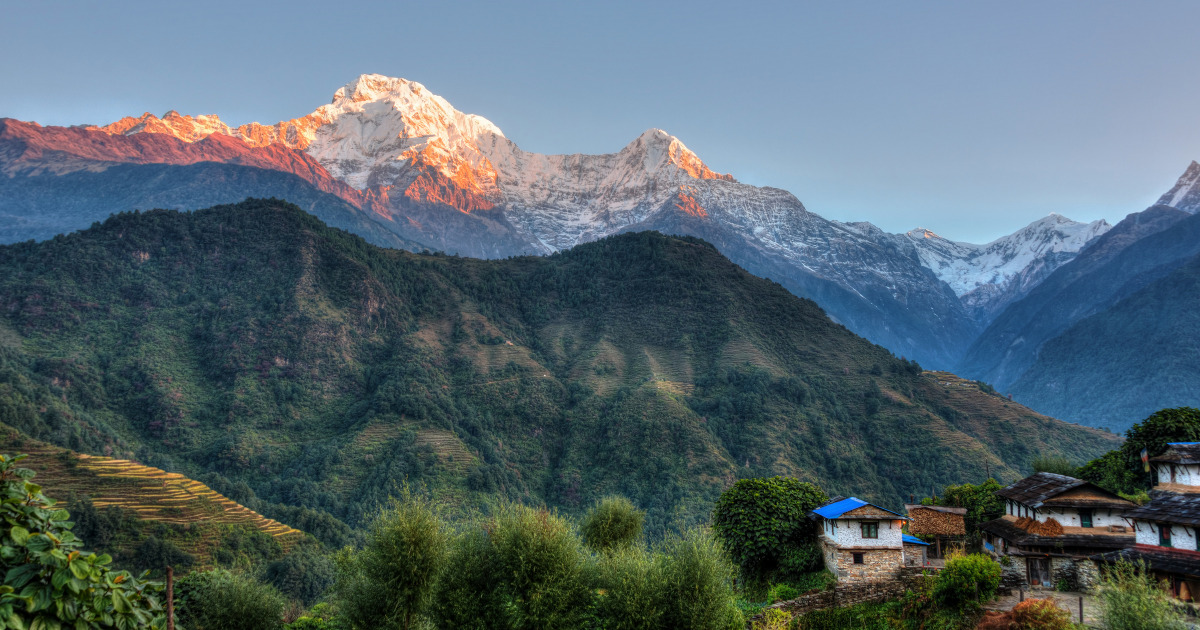Welcome to our comprehensive guide to solo hiking the Annapurna Circuit, one of the most iconic and breathtaking treks in Nepal. In this guide, we’ll cover everything you need to know to successfully complete the trek on your own, from permits and packing lists to tips for staying safe and healthy on the trail.
Permits and Regulations:
Before embarking on the Annapurna Circuit, you’ll need to obtain the proper permits. The first is the TIMS (Trekkers Information Management System) card, which costs 2,000 Nepalese Rupees (about $20 USD) and is available at the Nepal Tourism Board office in Kathmandu or at the checkpoint in Besisahar. The second permit required is the Annapurna Conservation Area Permit (ACAP), which costs 3,000 Nepalese Rupees (about $30 USD) and can be obtained at the same locations as the TIMS card.
It’s important to note that as of 2019, solo trekkers are allowed on the Annapurna Circuit, whereas in the past, a guide was required. However, hiring a guide is still highly recommended, especially for those with little to no hiking experience or for those who prefer the added support and guidance.

Packing List for Annapurna circuit:
When packing for the Annapurna Circuit, it’s important to pack light while still being prepared for a variety of weather conditions. Here’s a suggested packing list:
- Hiking boots or shoes with good ankle support
- Lightweight, quick-drying hiking pants and shirts
- Warm layers, such as a fleece jacket or down sweater
- Waterproof and windproof jacket and pants
- Hat, gloves, and scarf
- Sunglasses and sunscreen
- Trekking poles
- Sleeping bag (at least -10°C rating)
- Headlamp or flashlight with extra batteries
- Water purification tablets or filter
- First aid kit, including medications for altitude sickness and diarrhea
It’s also important to carry enough cash with you on the trek, as ATMs are few and far between along the route.
Route:
The Annapurna Circuit is typically completed in around 18-21 days, covering a distance of approximately 230 kilometers. The trek begins in Besisahar and follows a clockwise route through a variety of landscapes, including subtropical forests, alpine meadows, and high-altitude desert.
Highlights of the trek include crossing the Thorong La Pass, which sits at an altitude of 5,416 meters and offers incredible views of the surrounding Himalayan peaks, including Annapurna and Dhaulagiri.
Staying Safe and Healthy:
One of the biggest challenges of the Annapurna Circuit is the risk of altitude sickness. It’s important to acclimatize properly by gradually ascending and taking rest days when needed. Signs of altitude sickness include headache, dizziness, nausea, and shortness of breath.
Staying hydrated is also crucial for avoiding altitude sickness and maintaining overall health on the trek. Be sure to drink plenty of water and avoid alcohol and caffeine.
In terms of food, it’s important to stick to simple, easy-to-digest meals such as dal bhat (lentil soup and rice) and avoid raw or undercooked foods. It’s also recommended to carry some snacks with you, such as energy bars or trail mix.
Also Read: Finding the Best Travel Agent: Tips and Recommendations
Conclusion:
Overall, solo hiking the Annapurna Circuit is an unforgettable experience, but it requires careful planning and preparation. By obtaining the proper permits, packing smart, following a well-planned route, and taking steps to stay safe and healthy, you’ll be able to enjoy the stunning scenery and cultural experiences that this trek has to offer.










